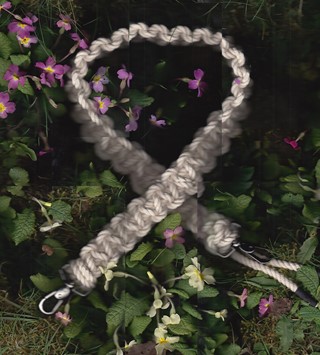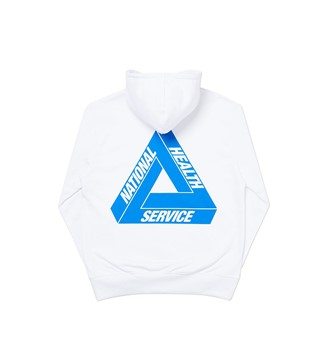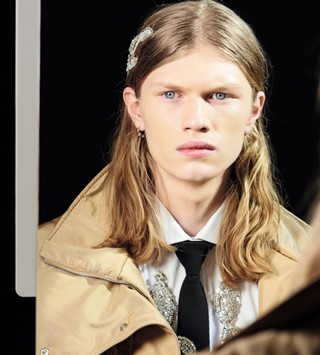In his latest column on the menswear brands of seasons past, Rob Nowill remembers London knitwear mavericks Sibling
- TextRob Nowill
When you tell someone you work in fashion – or any creative industry, really – you get one of two responses. One: their expression will glaze over, they’ll start to fidget, and you’ll know they are waiting for you to stop talking so that they can tell how much more exciting their job is (this is also known as ‘speaking to people who work in recruitment’). Two: their eyes will widen, and their voice will go up an octave. ‘Oh’, they’ll say, ‘that must be so much FUN!’. Those are the only responses. There are no other options.
In fairness, working fashion is probably more enjoyable than a lot of jobs. You get to make a living doing something that’s creative. And the clothes are nice. But I wouldn’t say that fashion itself is inherently fun. More often it can be frustrating, and uninspiring, and stultifyingly repetitive. Fashion shows, in particular, can feel like a kind of groundhog day: the same design ideas spread ever thinner, presented in the same draughty warehouses to the same inanely thumping electronic music. Once you’ve done a couple, it quickly begins to feel as though you’ve done them all.
All of which goes to explain why people loved Sibling so much. The London-based label, founded by the Cozette McCreery, Joe Bates and Sid Bryan, closed last year after running for almost a decade. The story of its closure is a familiar one: financial struggles, cash flow issues, spiralling staffing and production costs. But it was tinged, too, with the tragic death of Bates in 2015. The remaining duo have since moved on to other projects.
Sibling made knitwear – probably the least sexy item of clothing after thermal tights – into something that felt truly exciting. They used wool as the basis of everything from headgear to denim to underwear. In its scale, and its colour sense, and its boldness, it was unlike anything else. It was gleefully silly and unapologetically joyful. Yet oddly I found myself getting a lump in my throat at more than one of their shows. It’s a similar feeling you get from watching the Great British Bake Off – a kind of stunned admiration that there are still people who will invest so much time and energy into creating something, even something daft.

And daftness was at the core of the label, too. They’d send out models carrying giant teddy bears, or knitted pom-poms, or with their hair dyed pink. At one particularly memorable show, the models wore trousers sliced low enough to reveal a couple of inches of hairy buttocks. Even the most jaded, eye-rolling, seen-it-all-before fashion editors were whooping with laughter and surprise. That show was in 2015. It feels like it was longer ago: there really is nothing like it in fashion any more.
When Sibling closed, it felt grimly inevitable. It had never been a commercial exercise: the clothes were extremely flamboyant, and extremely expensive. Which is a challenging combination. A year on, I spoke to McCreery. I wanted to know if she would have done anything differently. “We did everything the way we wanted to,” she told me. “We even closed on a high. So many people think that closing is a bad thing, but why should it be?” McCreery tells me that she is messaged constantly by students and industry figures alike telling her how much they miss the label. “That’s pretty wonderful, don’t you think?”
I’m not surprised. In the near-decade that the brand ran for, it could be juvenile, corny, and even crass. But it was never repetitive, never unimaginative, and certainly never dull. Who wants ironic detachment when you can just have fun?















